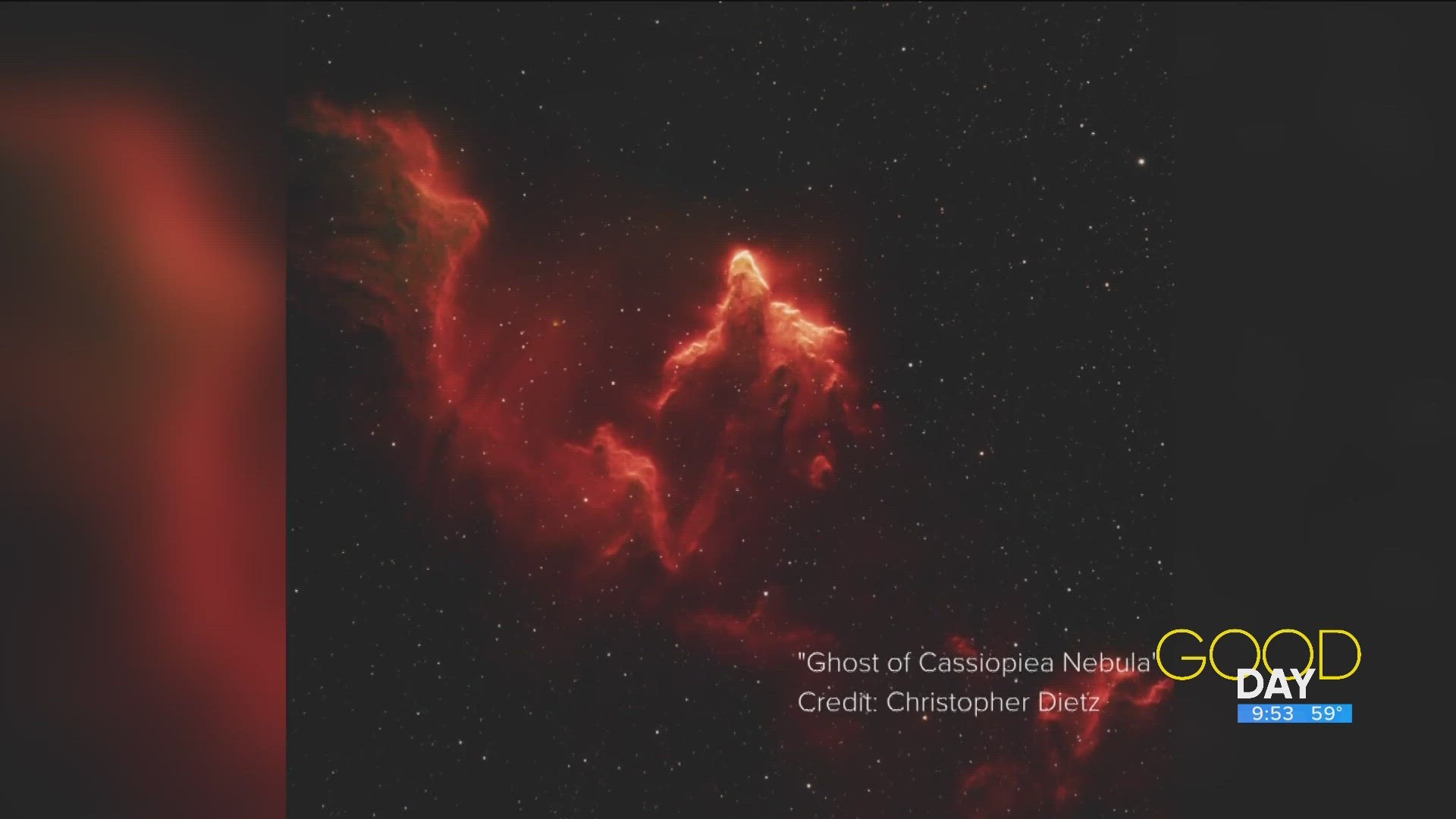TOLEDO, Ohio — With January just about complete, the shortest month of the year - February - will bring several opportunities for stargazers and sky-watchers to get in their fill of astronomical events.
All the stargazing events listed below are visible with the naked eye, so no telescope or extra equipment are needed to enjoy.
Feb. 9
The moon will enter its "new" phase on Feb. 9, which means the side illuminated by the sun will be facing away from Earth and it will not be visible in the sky. In addition, the moon will be below the horizon for the duration of the night, making this the best time to see objects normally dimmed by the brightness of the moon. Looking for stars and constellations is much easier during a new moon phase.

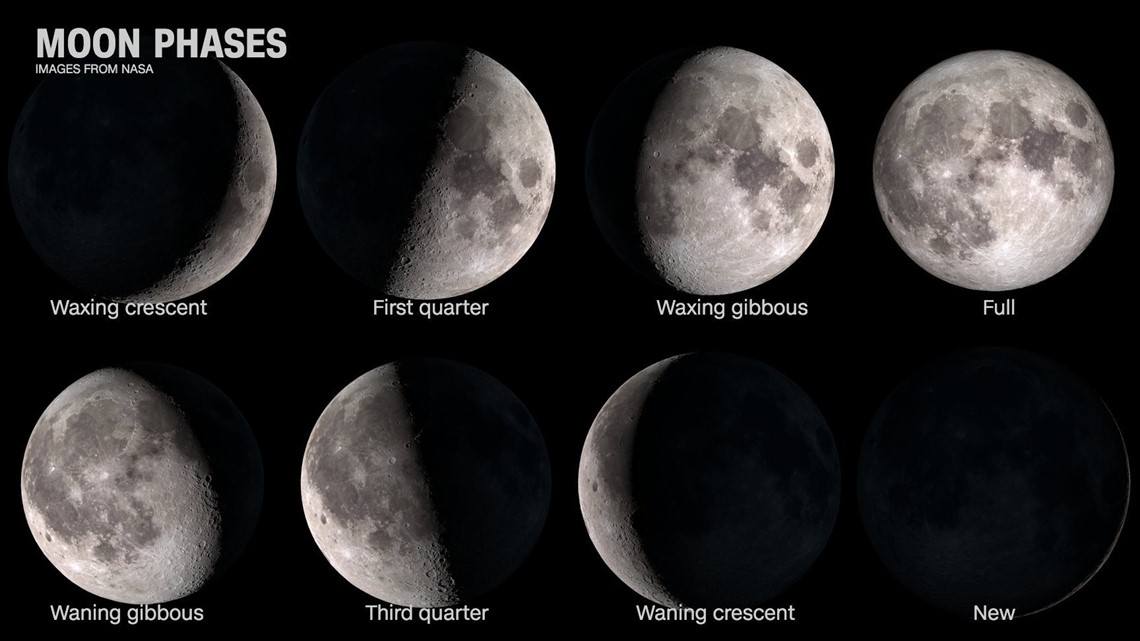
Incidentally, the new moon is the phase the moon must be in during a solar eclipse, like the one happening on April 8. New moons are regular, happening every 28 days. For a solar eclipse, the positioning of the Earth and moon must be exact.
Feb. 14
On Valentine's Day, not only will love be in the air, but so will Jupiter, as the gas giant and the moon move closely together for a "celestial kiss". Look to the west between 8 p.m. and 10 p.m. to see the two bodies move toward the horizon together.
Jupiter appears as a bright, white/yellow light in the sky, though it isn't as bright as Venus. If you have binoculars or a low-power telescope, you may be able to see some or all of Jupiter's four Galilean moons.
Jupiter will remain visible in the western sky throughout the month.

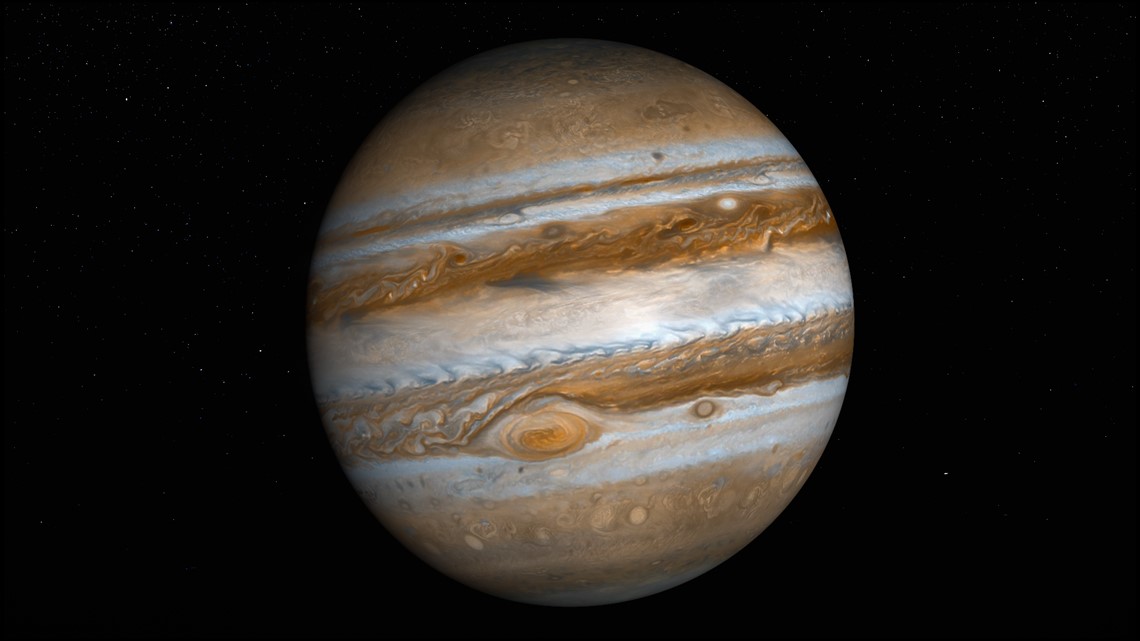
Feb. 22
If you're an early bird, you can catch a second cosmic kiss between Mars and Venus just before sunrise at about 6:30 a.m. Look to the east, and you may catch Venus, characterized by its brightness. It is sometimes known as the "Morning Star" and "Evening Star" for this reason: it remains visible even when early morning twilight makes other objects dim.
Just to the right of Venus, you may also be able to see Mars which, even to the naked eye, looks red in the night sky. If you've got an unobstructed horizon, you should be able to see the two planets make their closest approach to each other.

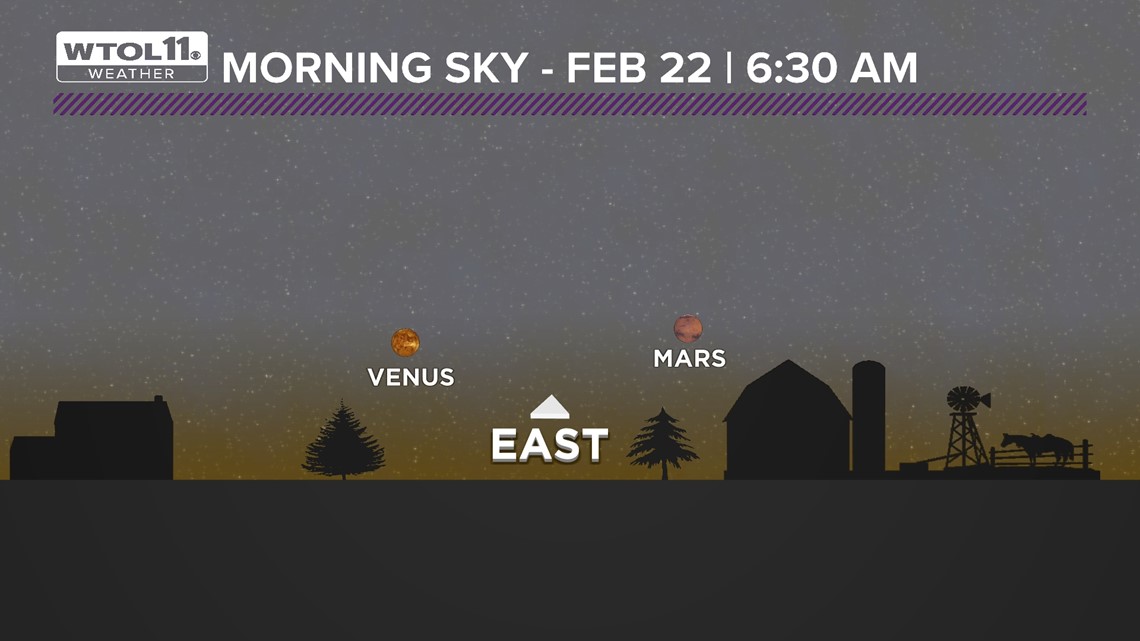
In March 2023, Jupiter and Saturn made a similarly close approach to each other, prompting some beautiful photographs.
Feb. 24
At the end of the month, and also likely the most visible event, is the full moon. The full moon, known in February as the snow moon, will appear fully illuminated after it breaches the horizon in the east around 7:30 p.m. It will track across the sky throughout the night, before sinking below the horizon in the west after sunrise the following day.
With the naked eye, structures of the full moon like craters can be easily seen. With a telescope or binoculars, even more details are visible.

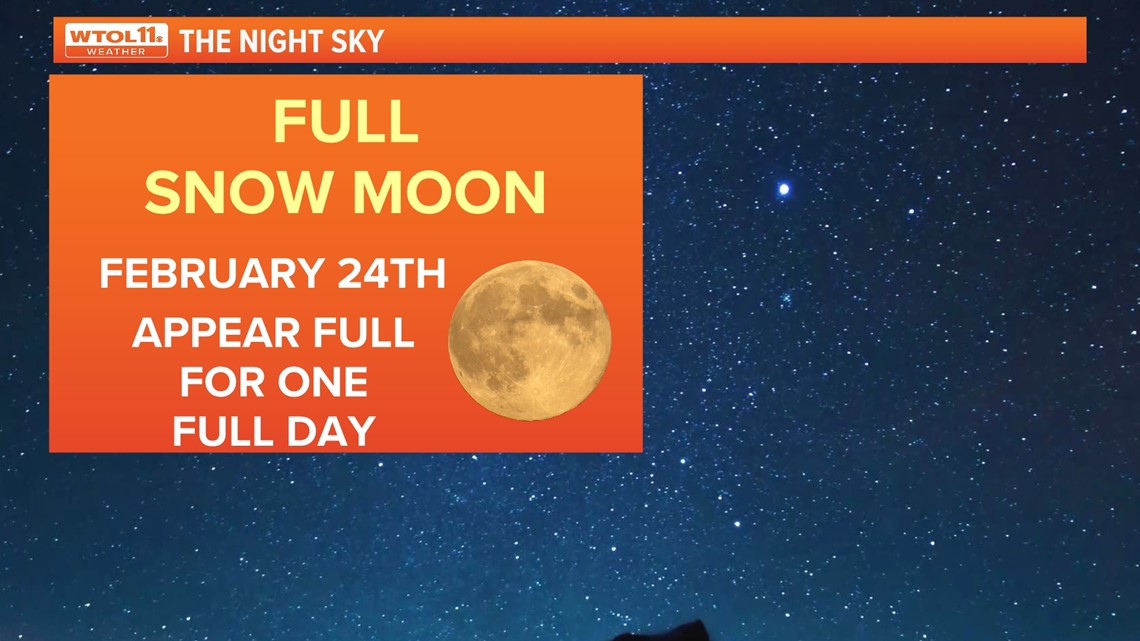
Feb. 29
Don't forget that this February is 29 days long instead of the usual 28, as 2024 is a leap year. The additional day is also related to astronomy: the Earth makes a complete orbit of the sun over the course of 365.25 days. Since a day only lasts 24 hours, an additional day every four years makes up for our "lost time".
Looking ahead
In just about two months, northwest Ohio will be the location of a total solar eclipse, a rare celestial phenomenon that millions will enjoy on April 8. Stay in the loop with WTOL 11 Total Solar Eclipse coverage across all of our platforms.
EVERYTHING YOU NEED TO KNOW: Total solar eclipse 2024 guide

